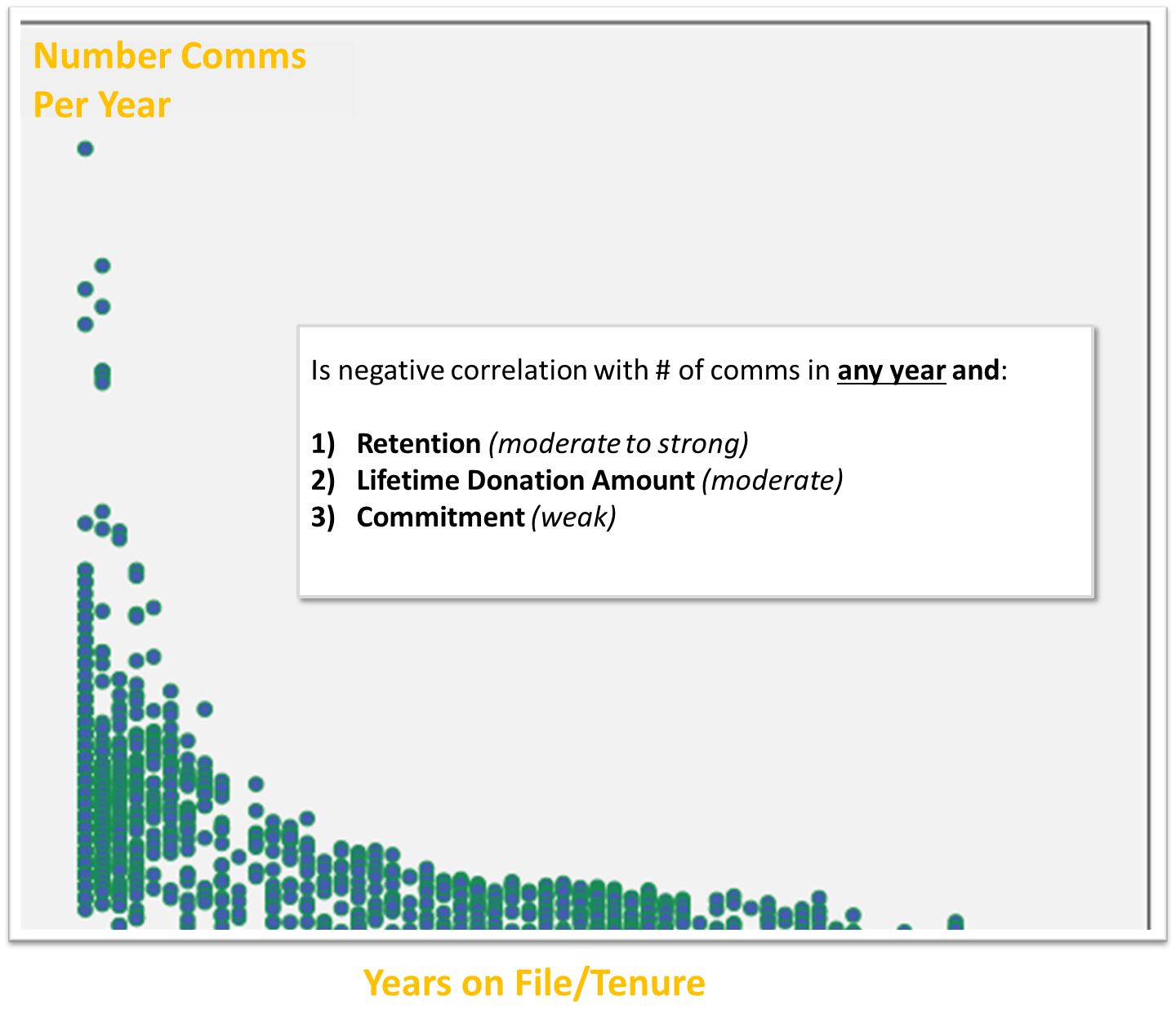Is Your Charity Playing Soccer or Basketball?
In The Numbers Game the authors analyzed soccer teams and determined it’s a weak-link sport, the path to success comes not from investing more in top players but shoring up your weakest ones. Basketball is the opposite, a strong-link sport, you need a superstar or two to have any chance.
Science is or should be a strong-link game, only the best ideas matter, there’s no point trying to fix much less replicate the bad ideas.
A lot of systems – engines, rocket ships, mobile phones – are weak-link systems. Any small problem can cause the whole system to crash.
I’d argue fundraising is playing a strong-link game in a weak-link world. Fewer and fewer donors and the only saving grace is those left are giving more. The “strong” outliers, the most committed, the wealthiest are propping up the system. It’s the 80/20 phenomenon on steroids.
But we have a weak-link problem, massive donor churn in year one and more specifically, in the first few months. We see this month 1-3 play out in living color with sustainer payments but make no mistake, those same dynamics and causes are playing out in single gift world, we just don’t see it and admit it until they’ve ignored us for 24 months and found themselves in the lapsed bucket.
And yet there is a weakest-link plan, it’s just not working as evidenced by first-year retention staying the same at best, and often, getting worse.
This chart is from a single charity, but we’ve re-recreated this many times for many charities and almost always see the same pattern.
The sector seems to have decided that a solution for our weakest-link problem is more stuff. The slope of the curve is kinda staggering. There are myriad reasons for this but here’s a couple to consider:
- All those welcome/nursery journeys – we fill up the days and weeks with stuff.
- We don’t have the commensurate internal meetings, brainstorms and redo’s and re-think’s for the 5-year journey.
- Over time your best donors – i.e., the ones who stick around – opt out of a lot of stuff.

The other trend is what’s reported in the text box. The more stuff option is not helping the cause. In any given year, the correlation with outcomes we care about and the number of pushes is negative.
Is your strategy a strong-link or weak-link one? The choices one makes are very different depending on the answer.
Kevin



Couple of thoughts.
1. You noted donor churn “in the first few months.” Is it reasonable to expect that a first time donor would make a second donation within 2 to 3 months of the first donation.
2. Okay, there is a problem, which you have clearly identified. But what should non-profits be doing?
3.What is the scale on the yeas axis, 1-5, 1-20?
4. Is the “comms per year” the number the org initiates or the number that the donor actively receives. It isn’t clear as you note that donors are opting out of stuff. (which also implies the communications being referenced are electronic in origin and not phonecalls or visits or other communication option.)
Hi John, thanks for the comments and questions. see replies matching your numbers.
1) I’m saying that the attrition curve for single gift world likely looks very much like the sustainer curve with much of the quitting decision occurring in the first days, weeks, months of the “relationship”. all behavior creates a feedback loop that tells the person whether doing X or Y achieved the desired goal. This loop happens very soon after the behavior and either reinforces it or stops it. No, most people do not give right after the first donation – hence awful retention in year one. But, the large charities are asking early and often. They will show you data that indicates that if people are going to give again, it happens within the first 30-90 days of first gift. The problem is they are comparing this to no alternative – namely one that might get more people giving again albeit not right after the first donation. In some situations like hospital stays and asking, one does need to ask right away or lose the potential gift forever. But this dynamic is unique, it’s got reciprocity built-in.
2) I feel like we’ve been writing about how to fix it for years. Clearly we aren’t breaking through in the way we’d like. Here are highlights – e.g. pulsing, 3 or 4 channels per on period, match message to motivation and stop sending same thing to everyone, measure and act on donor experience, realize engagement is largely bullshit and most giving is passive and most would be very psychologically satisfied with auto-renew and the occasional reminder that brand is still out there doing good.
3) year one to year 20ish
4) this chart is mostly all the push stuff, but not just digital, lots of paper too. We’ve looked at number of calls and meetings and there is zero correlation (not negative at least…) with Commitment, the best measure of relationship strength. What is highly, positively correlated with Commitment is the donor’s satisfaction with those meetings and calls but very few groups actually measure this.
thank you. that clears things up significantly
thank you, that is incredibly useful info
thank you for reading – the most common, most underappreciated form of real engagement (e.g. share of mind and attention)
Thank you, Kevin and JSFoster. This will take a career future to process … with pleasure and profit.